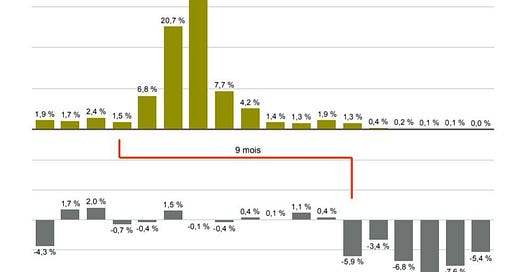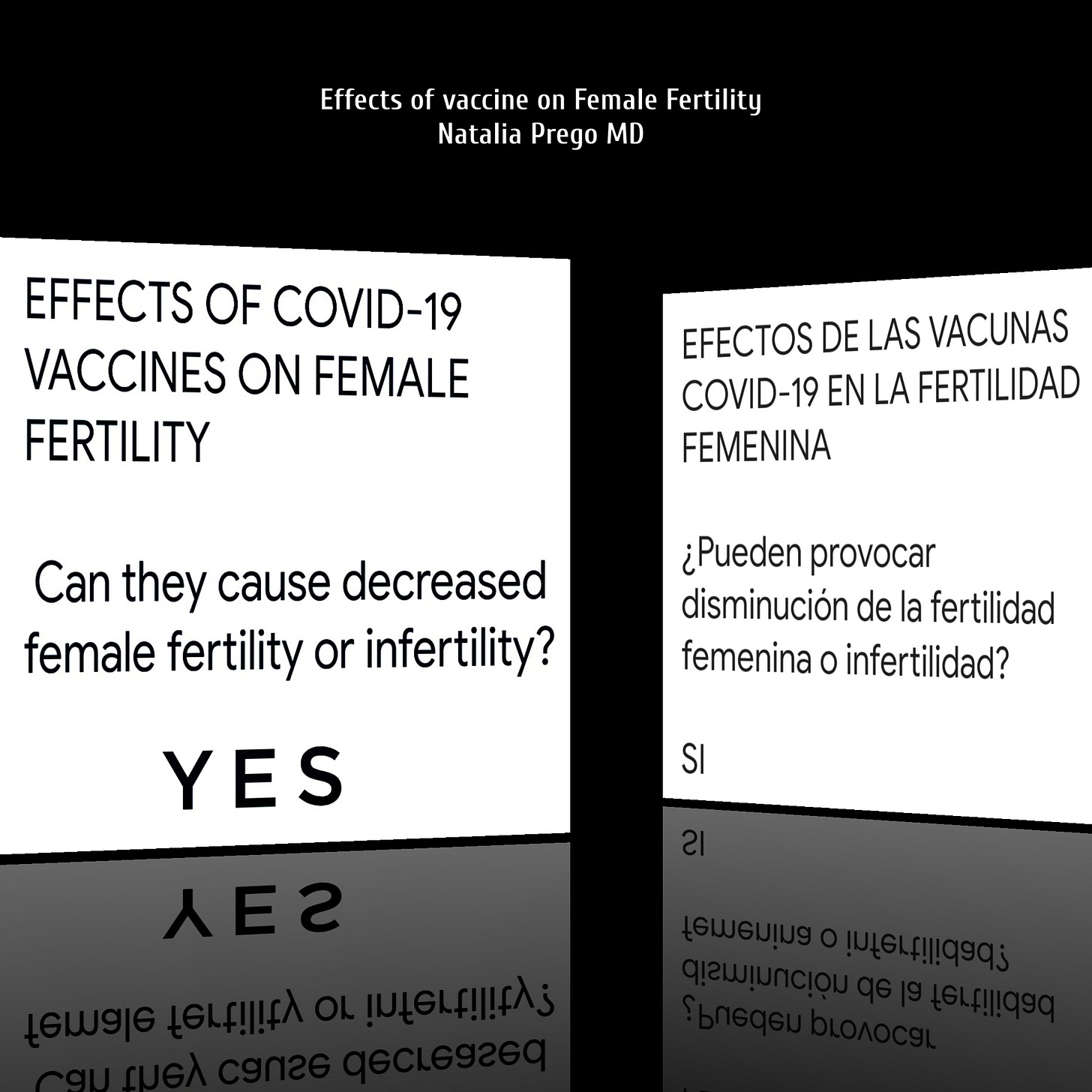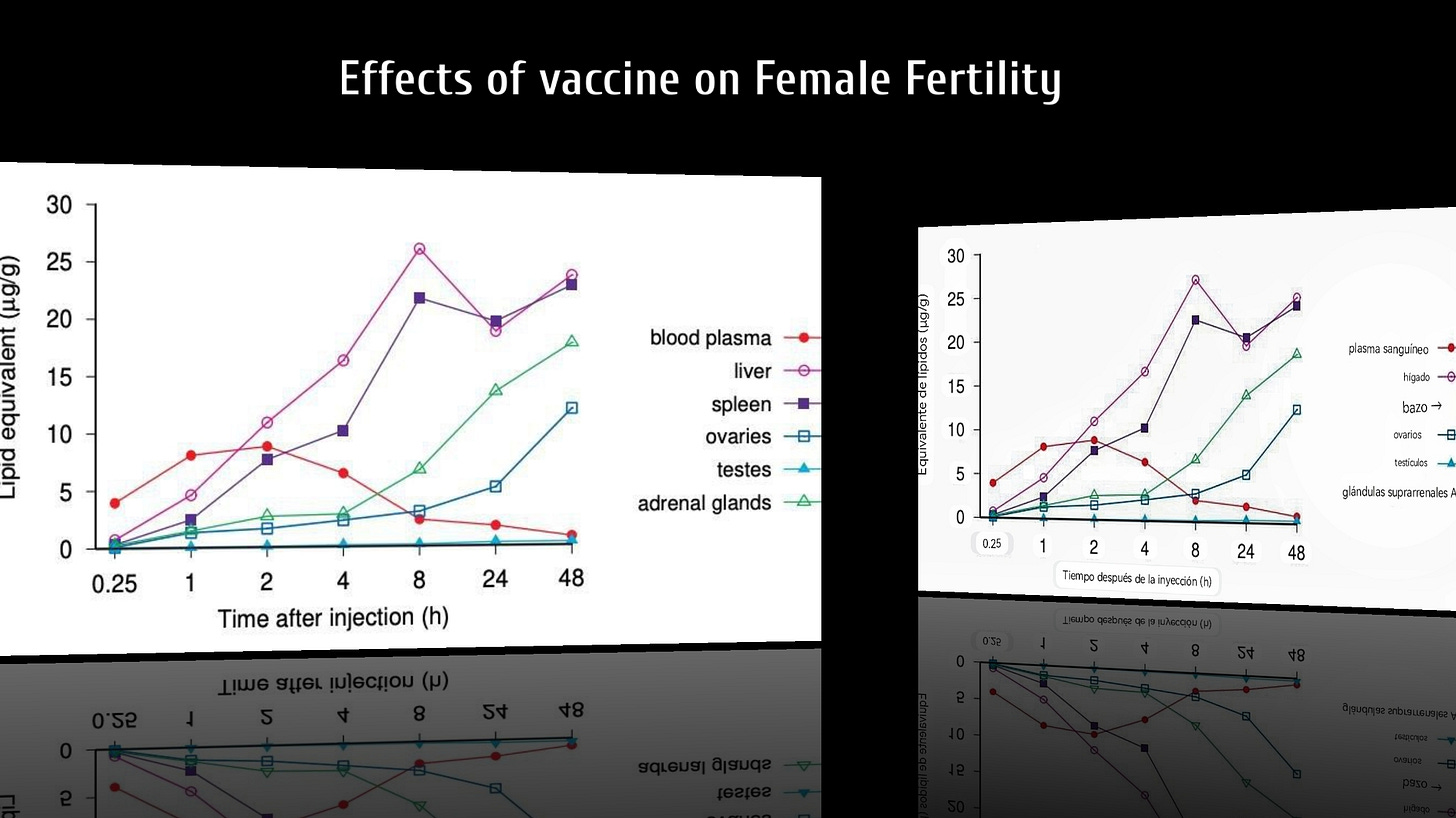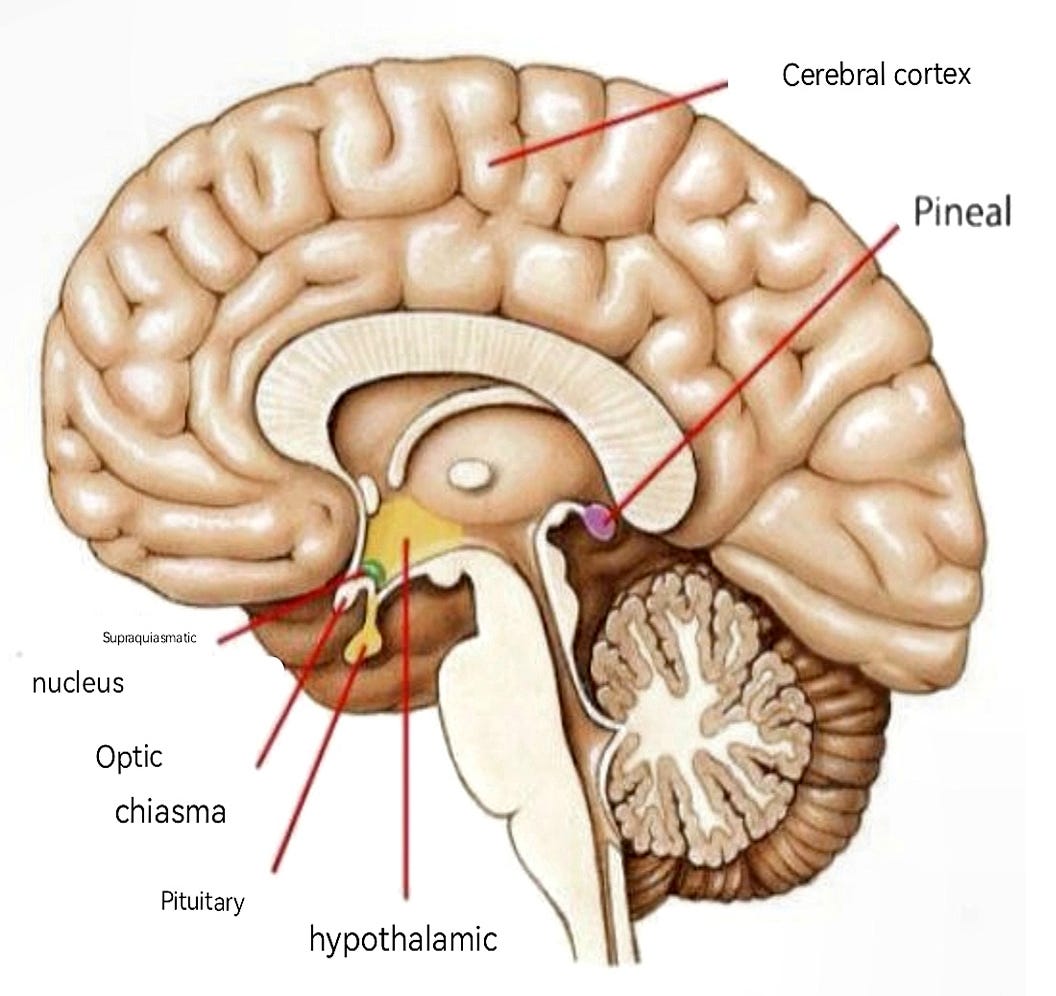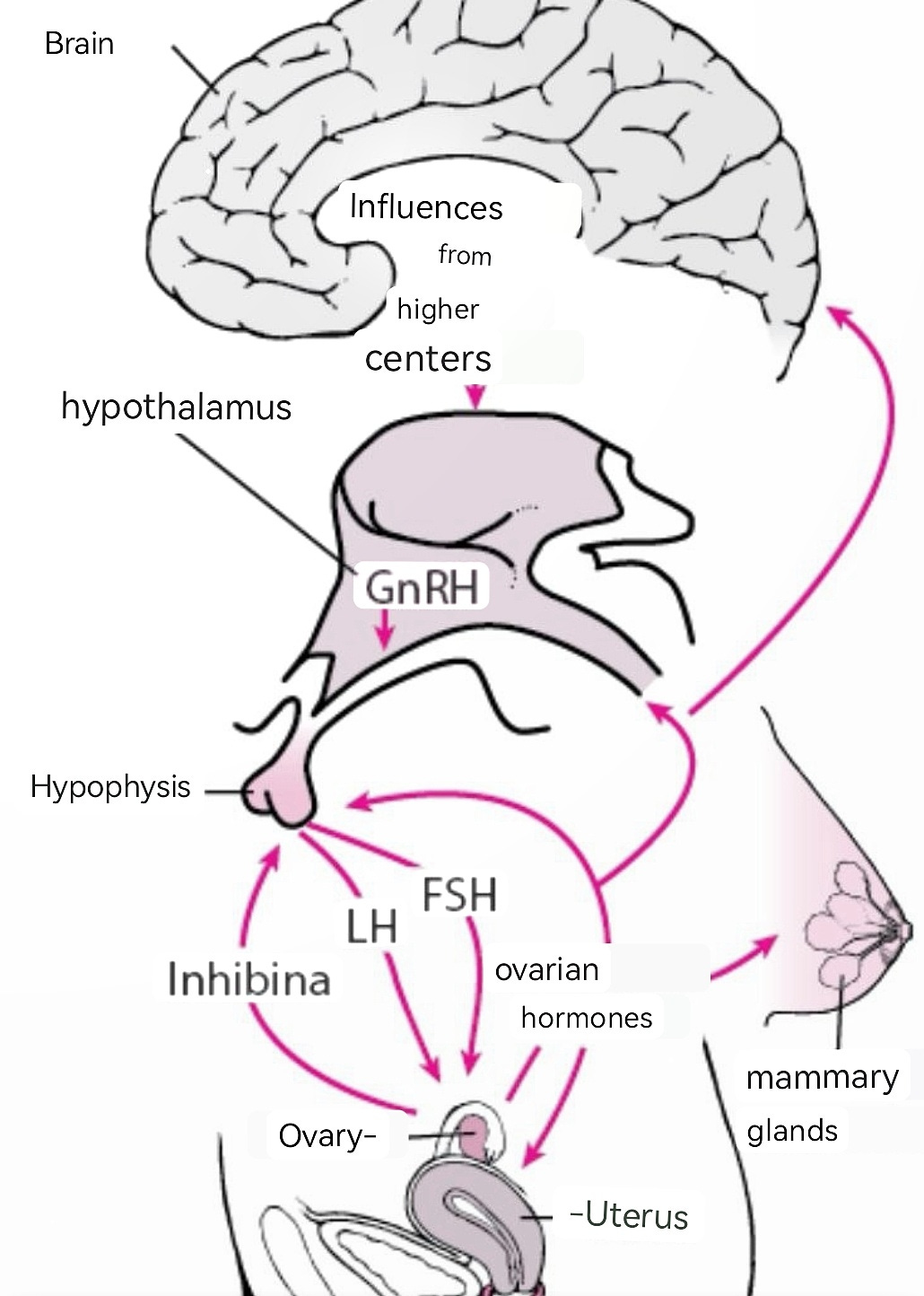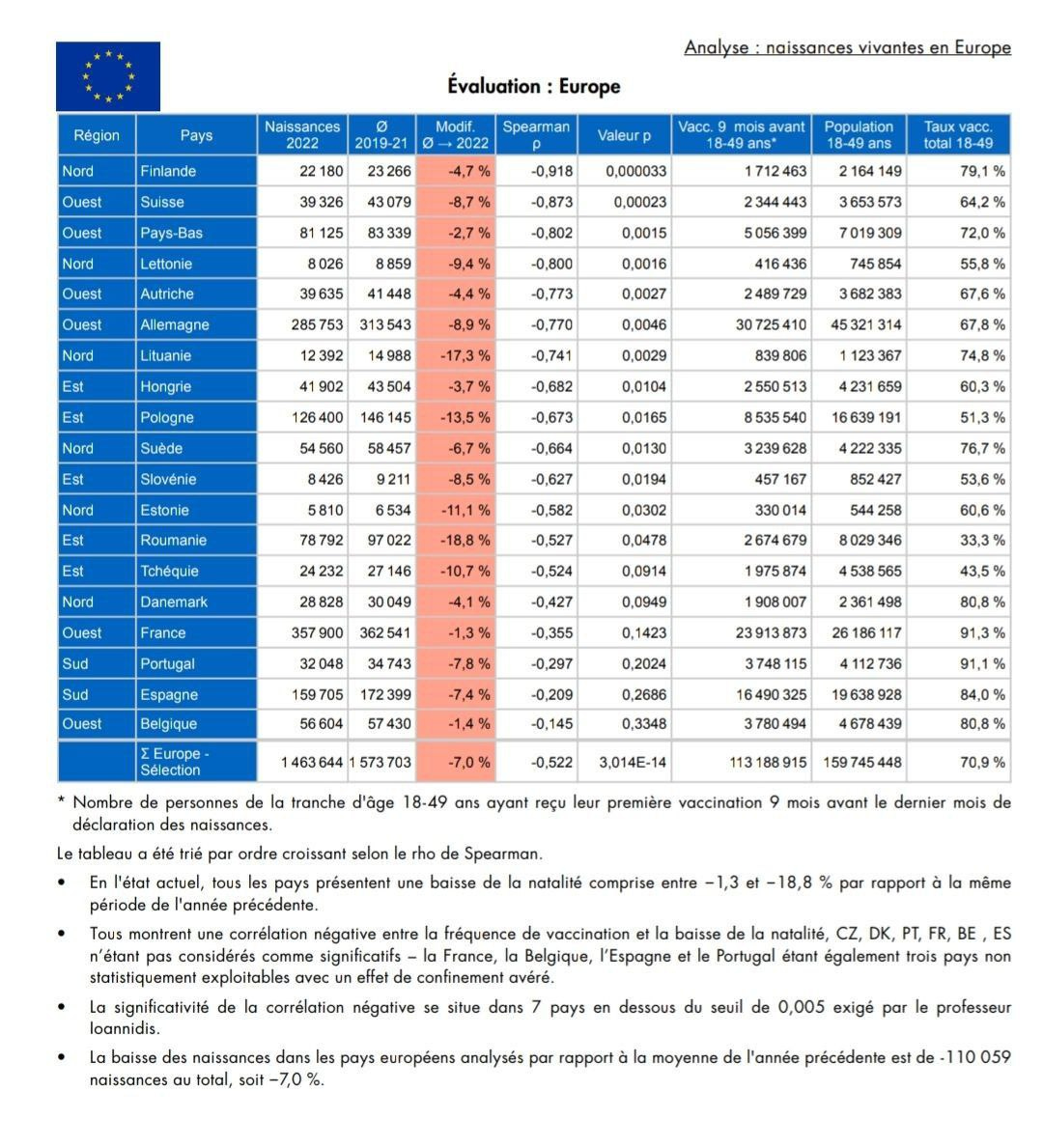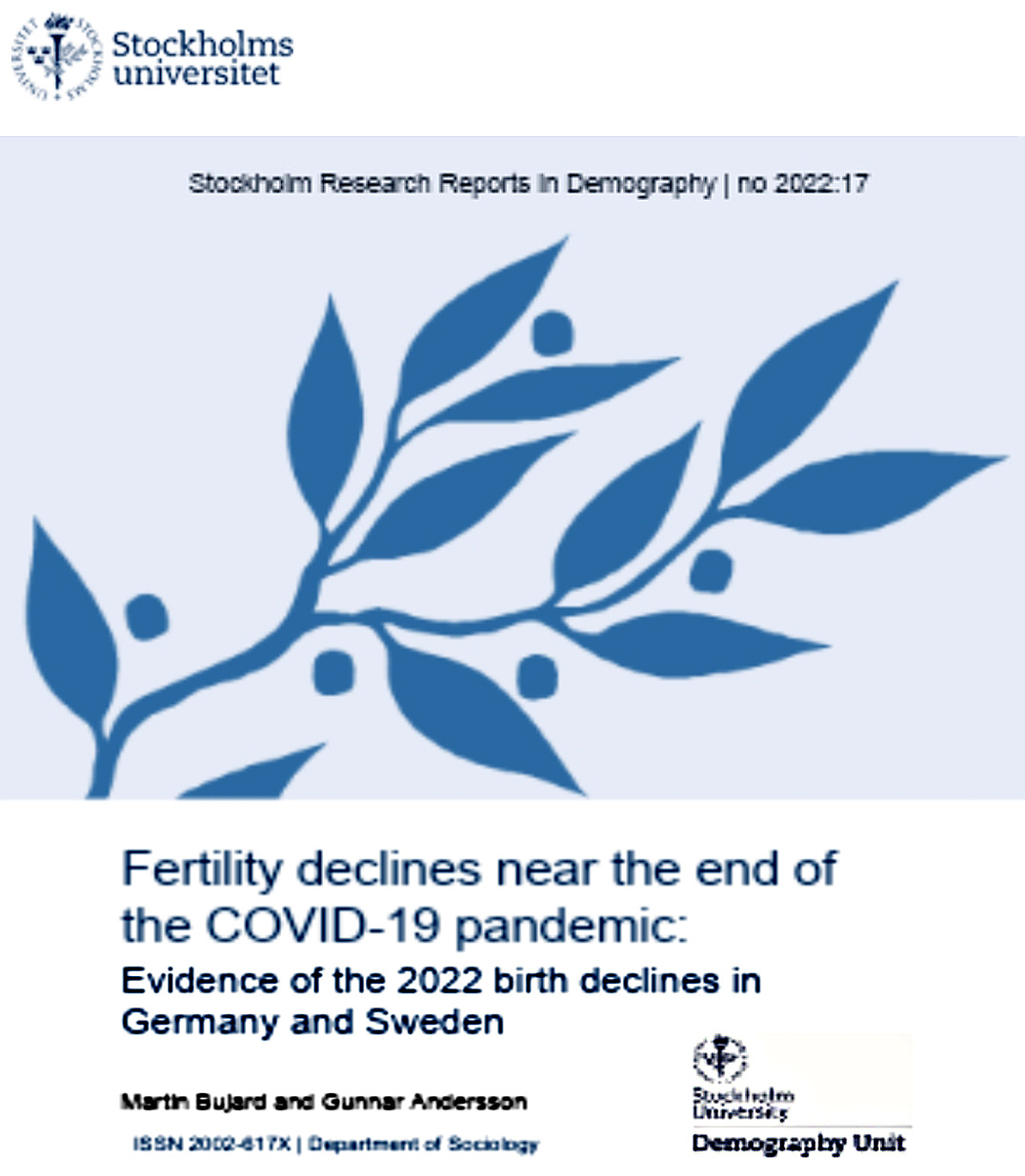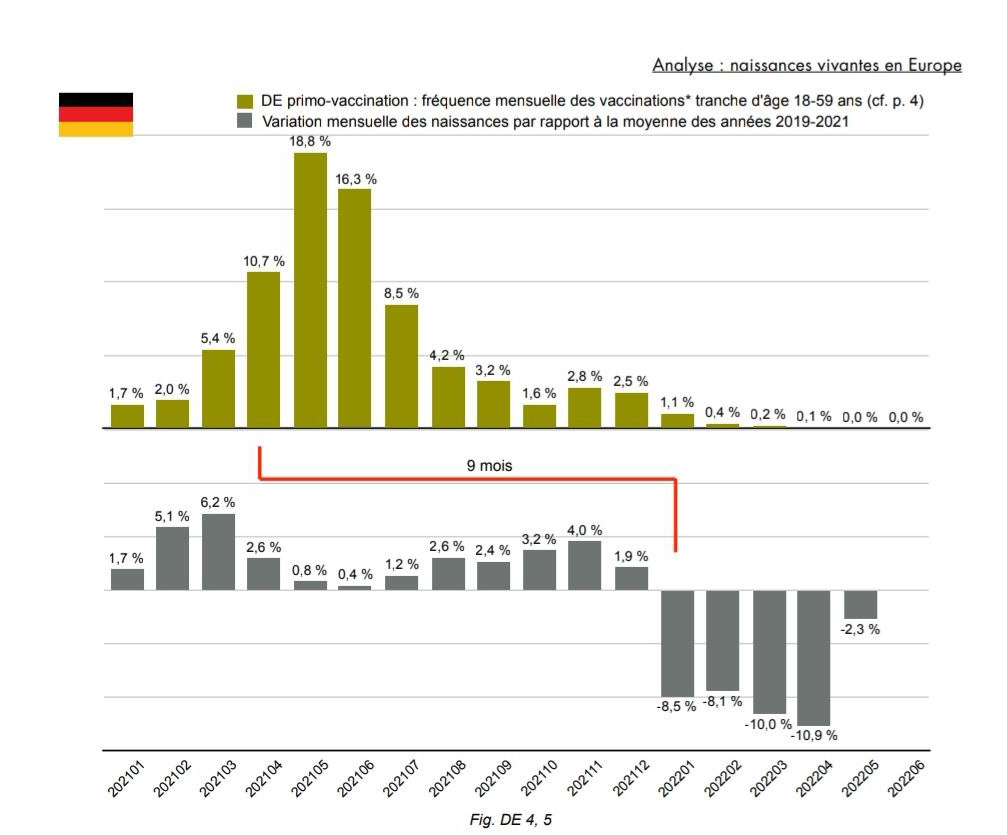EFFECTS OF COVID VACCINE ON FEMALE FERTILITY
Can covid 19 vaccines provoke female infertility?
The answer is yes.
Why?
There is a scientific explanation that we will expose.
But first, we must know what the COVID-19 vaccines are and how they work.
What are the COVID-19 vaccines? How do they work?
The COVID-19 vaccines are genetically modified organisms (GMOs) whose objective is to give a genetic order for the endogenous production of spike proteins in the future.
Opposed to what was said since the beginning, the RNA vaccination messenger does not stay localized in the area of the vaccine injection (deltoid muscle).
As was explained by Pfizer, the RNA vaccination messenger distributes itself through various organs and tissues of the entire body (1)
Within the first 48 hours after the injection, it is present in the spleen, liver, ovaries, and testicles.
What does that mean?
It means that the RNA vaccination messenger will act in these organs.
And how?
The cells of these organs will produce spike proteins in the ribosomes of the cellular cytoplasm.
The ribosomes are the protein factory in our cells. This mechanism of protein production is generated when a process of translation of genetic information of the RNA (ribonucleic acid) is developed, in this case, RNA vaccination messenger, whose genetic order is to produce spike protein.
Once the spike protein is produced in the cell ribosomes of the organs in which the RNA vaccination messenger has entered, it joins the ECA2 receptor (2)
And what is the ECA2 receptor, and what is its function?
The ECA2 receptor is, as its name indicates, the receptor of the Angiotensin (A) Converting (C) Enzyme (E) 2. This means that the function of the receptor ECA2 is the conversion and hydrolyzation of Angiotensin 2 in Angiotensin1-7. (3)
And what happens when the spike protein joins the ECA2 receptor?
When the spike protein joins the ECA2 receptor, it produces dysfunction in the ECA2 receptor and provokes an increase of angiotensin II and a decrease of angiotensin 1-7.(3)
Can this alter the female reproductive capacity?
The answer is yes because the ECA2 receptor is found in the ovaries (4), vagina, and uterus (5) as well as in the placenta (6) and umbilical cord (6)in the context of embryonic and pregnancy development. As well as in the brain, the pituitary gland and the hypothalamus (7)
And how does this fertility alteration come about?
To explain this, we have to explain the physiological process of female fertility.
Estrogen and progesterone are the female sex hormones that are produced by the ovaries.
The development of female sexual organs, the onset of secondary sexual characteristics, and the regulation of the menstrual cycle depending on estrogen and the transformation of the uterus endometrium to implant the embryo and the development of pregnancy depends on the progesterone, both being female hormones produced in the ovaries.
Its production does not only depend on the ovary in the female reproductive system but also on the brain, specifically on the pituitary gland and the hypothalamus.
The hypothalamus releases GnRH (the hormone that releases gonadotropin) which again regulates the production of the pituitary gland in the base of the skull, the gonadotropin, LH (luteinizing hormone), and FSH (stimulating hormone).
They both determine the production in the ovary of the female hormones, estrogen, and progesterone, constituting the axis hypothalamus-pituitary-ovary, the center of female fertility.
The LH (luteinizing hormone) stimulates the female ovulation and the maturity of oocytes.
The FSH (follicle-stimulating hormone) stimulates the maturity of the follicle for the development of the ovum.
In relation to the renin-angiotensin-aldosterone system, the angiotensin 1-7 promotes the production of estradiol (more active estrogen) and progesterone (8), it induces ovulation (9) and it is associated with the maturing of human oocytes (10). But it not only influences menstruation and the preparation of the uterus to implant the embryo, it also has an influence on the intrauterine growth of the fetus (11).
The dysregulation of the angiotensin 1-7 produced when spike protein joins the ECA2 can cause changes in menstruation and alteration in the female reproductive capacity.
When angiotensin 1-7 is diminished, the intrauterine growth during pregnancy will also be diminished and can produce miscarriages and problems during gestation.
Increased angiotensin II can also decrease blood flow due to vasoconstriction and decrease of nutrients to the fetus during pregnancy.
The frequent menstruation changes and alterations in women at a fertile age that have been happening after the COVID-19 vaccination campaigns as well as the miscarriages and problems during pregnancy can be explained by those action mechanisms as well as a discovery published in April 2022 (12) where it was checked in vitro that the spike protein suppresses the secretions of LH and FSH, induced by GnRH (the hormone that liberates gonadotropin) and that it also suppresses the secretion of basal LH, provoking a cascade of subsequent alterations in female hormones.
Therefore, the question is: could the COVID-19 vaccines really have produced female infertility?
Have consequences been observed at the population level after the COVID-19 vaccination campaigns?
After analyzing the statistic data of the birth rate in Europe in the year 2022, 9 months after the beginning of the COVID-19 vaccination campaigns in April 2021 for women at a fertile age, from 18 to 49 years old, we can answer affirmatively.
Every country in Europe suffered a decrease in birth rate from January 2022 (13)
In my country, Spain, there has been a decrease in the birth rate of 7.4%.
This is corroborated by a study carried out by the University of Stockholm, Sweden, and the German Federal Institute of Population Investigation published in September 2022 (14), in which a decrease in the birth rate during the year 2022 is clearly being exposed, with an intense downfall just 9 months after the beginning of vaccination of women at a fertile age.
Next, I show the two graphs that expose it.
First from Sweden and second from Germany.
Therefore, demographic studies show a reality that corroborates the affirmation that the Covid-19 vaccines can provoke female infertility.
Before this situation, what must we do?
We must:
1. Increase clinical security with more extensive investigation of these vaccines, autopsies of those who died a sudden death and suspicion of vaccine causality and development of treatments to reverse these problems.
2. Reduce the risk:
It is necessary to immediately stop Covid-19 vaccination campaigns so as not to perpetuate people's health risks.
REFERENCES:
1. Genomic characterization and epidemiology of 2019 novel coronavirus: implications for virus origins and receptor binding
https://pubmed.ncbi.nlm.nih.gov/32007145/
2. Pfizer Report Japanese government
https://www.docdroid.net/xq0Z8B0/pfizer-report-japanese-government-pdf
3. Innate Immune Suppression by SARS-CoV-2 mRNA Vaccinations: The role of G-quadruplexes, exosomes and microRNAs
4. Angiotensin-(1-7), its receptor Mas, and the angiotensin-converting enzyme type 2 are expressed in the human ovary
https://pubmed.ncbi.nlm.nih.gov/20674894/
5. The vasoactive peptide angiotensin-(1-7), its receptor Mas and the angiotensin-converting enzyme type 2 are expressed in the human endometrium
https://pubmed.ncbi.nlm.nih.gov/19164480/
6. Distribution of angiotensin-(1-7) and ACE2 in human placentas of normal and pathological pregnancies
https://pubmed.ncbi.nlm.nih.gov/16338465/
7. COVID-19, hypothalamo-pituitary-adrenal axis and clinical implications
https://pubmed.ncbi.nlm.nih.gov/32346813/
8. Angiotensin-(1-7): a novel peptide in the ovary
https://pubmed.ncbi.nlm.nih.gov/12697701/
9. Angiotensin-(1-7) induces ovulation and steroidogenesis in perfused rabbit ovaries
https://pubmed.ncbi.nlm.nih.gov/21666031/
10. Angiotensin-(1-7) in human follicular fluid correlates with oocyte maturation
https://pubmed.ncbi.nlm.nih.gov/28402544/
11. The role of ACE2, angiotensin-(1-7) and Mas1 receptor axis in glucocorticoid-induced intrauterine growth restriction
https://pubmed.ncbi.nlm.nih.gov/29321064/
12. Spike protein of SARS-CoV-2 suppresses gonadotrophin secretion from bovine anterior pituitaries
https://pubmed.ncbi.nlm.nih.gov/35082199/
13. Baisse de la natalité en Europe
14. Fertility declines near the end of the COVID-19 pandemic: Evidence of the 2022 birth declines in Germany and Sweden
If you want to stay updated on my latest posts and provide support for my work, I invite you to become a subscriber, either for free or through a paid subscription.

